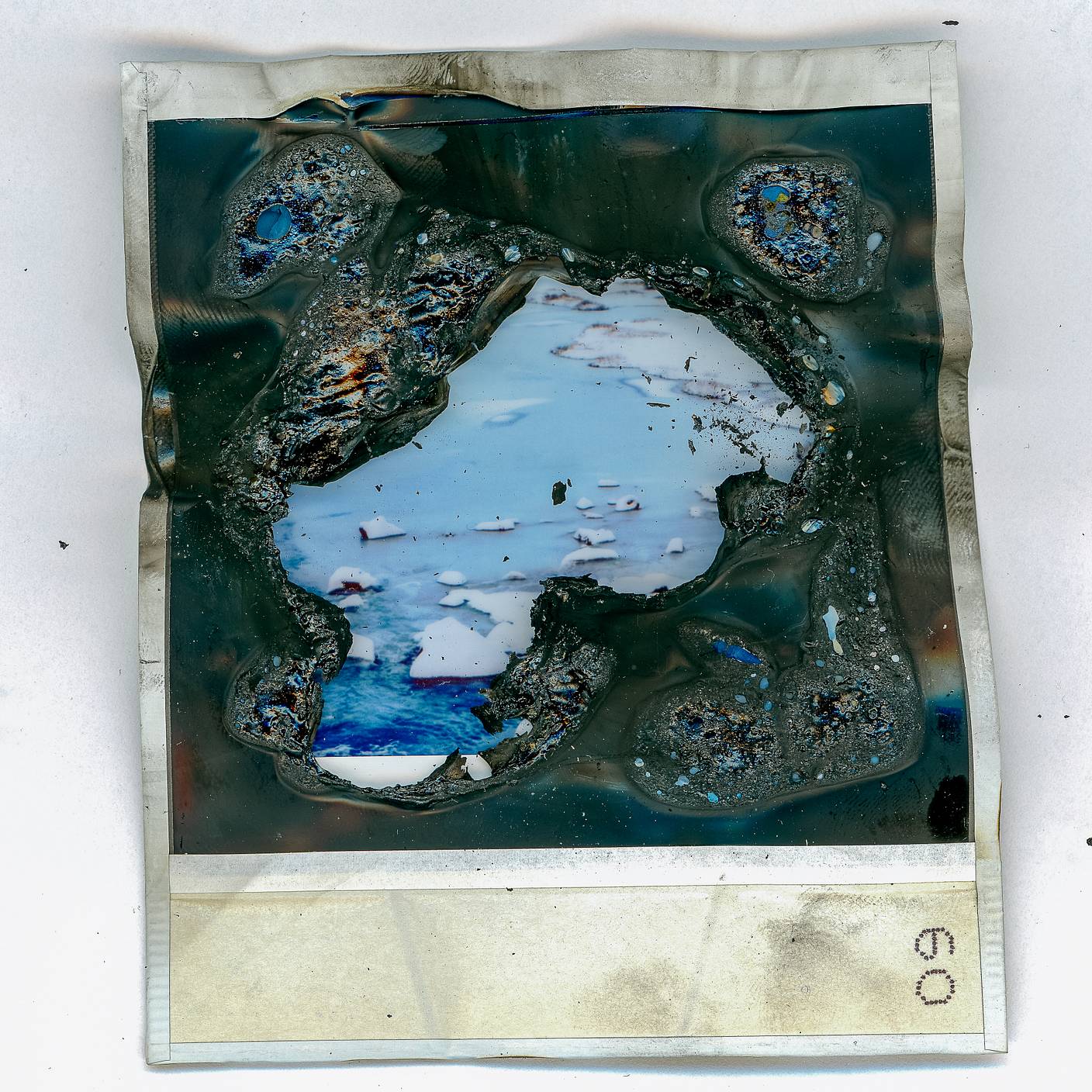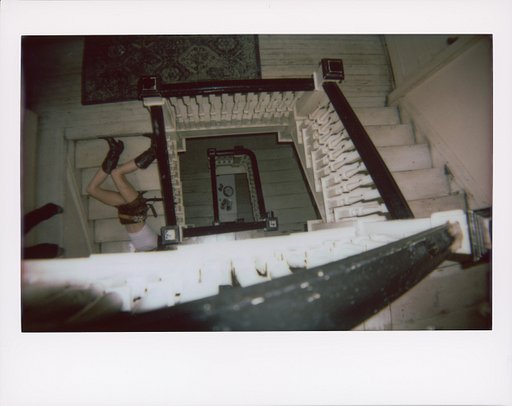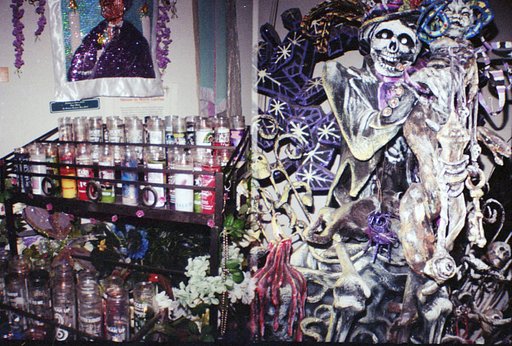Defying the Boundaries of Experimental Photography With Natalie Goulet
2 16 Share TweetA camera, a walk in nature, her dog, and a magical cauldron: it doesn't take much for Canadian photographer Natalie Goulet to create masterpieces out of simple negatives. Growing up in a small town in Northern Ontario, Natalie is now an MFA candidate at the University of Halifax. She really got into analogue photography during her first year of undergrad when she found her place in the darkroom and lost interest in painting as she said. But her artistic fiber and photographic eye merged to create experimental film and instant shots that defy the boundaries of photography.

Hello Natalie! It’s great to have you as here at Lomography! Why do you still shoot film photography in such a digital age?
Hi! I don’t enjoy being tethered to a screen. Despite the ease and convenience of digital photography, I much prefer the tangibility of film.
How did you get into experimenting with film?
I’m always curious about different ways I can use materials in ways they weren’t intended to be used. I’m interested in pushing the boundaries of the photographic medium.
What does your process look like?
Walk. Shoot. Walk. Cyanotypes. Soak. Burn. Dissect. Scan. Read. Pet dog. Walk dog. Shoot more.
We’re seeing a Renaissance of film photography nowadays. How does it feel to be one of the women on the forefront of experimental film photography?
That’s quite the statement! Albeit a flattering notion, I’m not sure I’d consider myself to be a frontrunner of any discipline. I really enjoy seeing a rise in interest of sustainable darkroom practices mostly led by women.

From the pictures you sent us do you have a favorite one and can you tell us the story behind it?
One of my favorite images I included is entitled “there is more than one good way to drown.” The title is drawn from a Sylvia Plath poem. The image is a collage of two Polaroids shot at Þingvellir National Park in Iceland. The park sits in a rift valley caused by the separation of 2 tectonic plates, and in the center of the image is a glimpse of the Þingvellir Drekkingarhylur (drowning pool) where 18 women were drowned as legal punishment sometime in the 1600-1700s. The work also visually references the climate crisis and addresses the visible changes to the Icelandic landscape throughout recent years.
Where do you draw inspiration from?
A trail in the woods I’ve never noticed before, noticing new intricate details or colors on the same path I walk every day, the resilience of lichen and mosses, textures made by salt on the pavement in the wintertime, the varied shades of blue lining the horizon, lines in the sand, strong beams of sunlight, water, and ice.
There is still a lot of effort to be done in the world and also in the film community concerning sexism, racism, and all kinds of discrimination. How can the film community improve in terms of portraying diversity in terms of gender, race, sexuality?
The topic of race and gender within the visual culture is a broad one with a long history of disparity and discrimination. I think we’ve been seeing a large pull towards inclusivity and diversity within the film community lately, but there is always work to be done.
Can you share with us a few female photographers that inspire you?
Francesca Woodman, Roni Horn, Nan Goldin, and Diane Arbus are some longtime favorites. I’ve been interested in Zoe Leonard’s work lately. I’ve also had the pleasure of befriending other Canadian contemporaries Ursula Handleigh and Amber Lee Williams who both make beautiful experimental analogue work.

Can you share with the readers some basic experimentations they can try they can try at home with basic stuff with their film photography?
I’ve been really into sustainable darkroom practices lately, so plant-based developers are an interesting experiment that anyone who processes their own film should try. Similar to the caffenol process, you can use seaweed or mint tea with some ascorbic acid and washing soda to process B&W film.
Are you planning on having a bigger project like an exhibition or a book with all of your experimental shots?
I’m currently an MFA candidate at NSCAD University, so my thesis show will be taking place sometime in 2022. A book is also something that will likely materialize in the upcoming year.
To follow more of Natalie's work, head over to her Instagram.
written by tamarasaade on 2021-03-26






















2 Comments